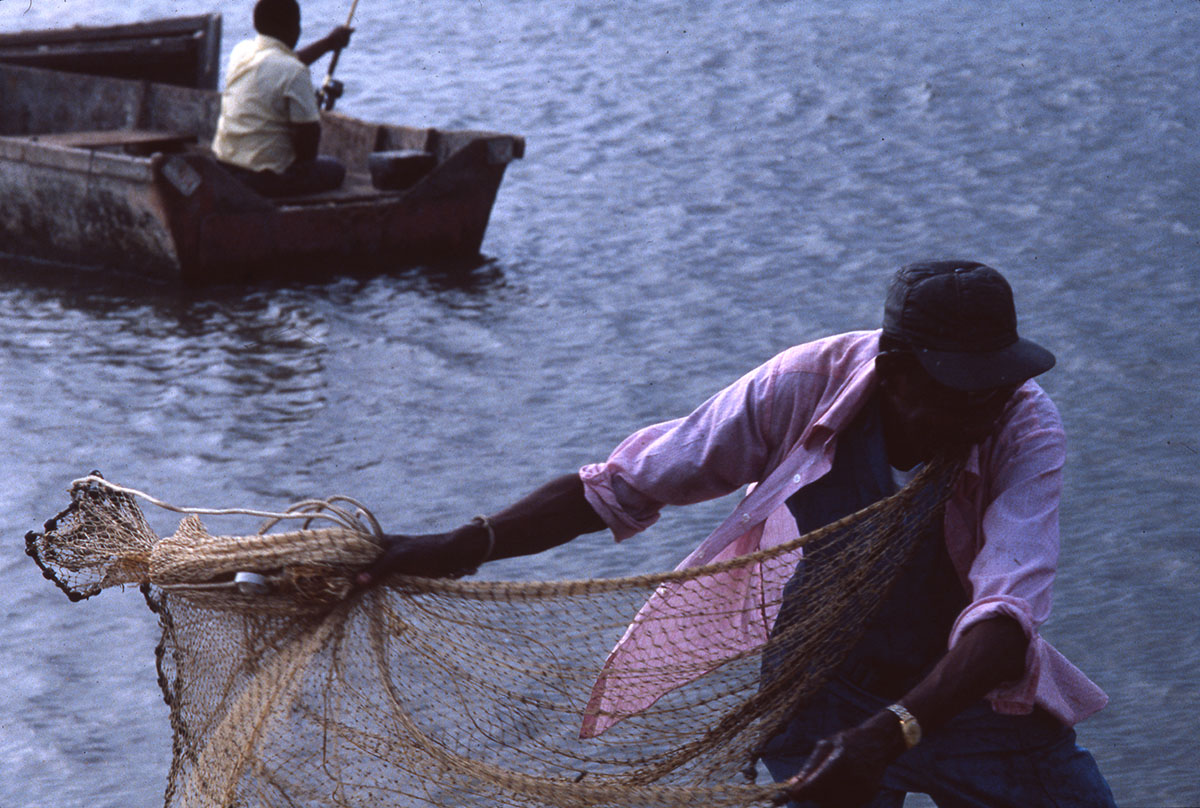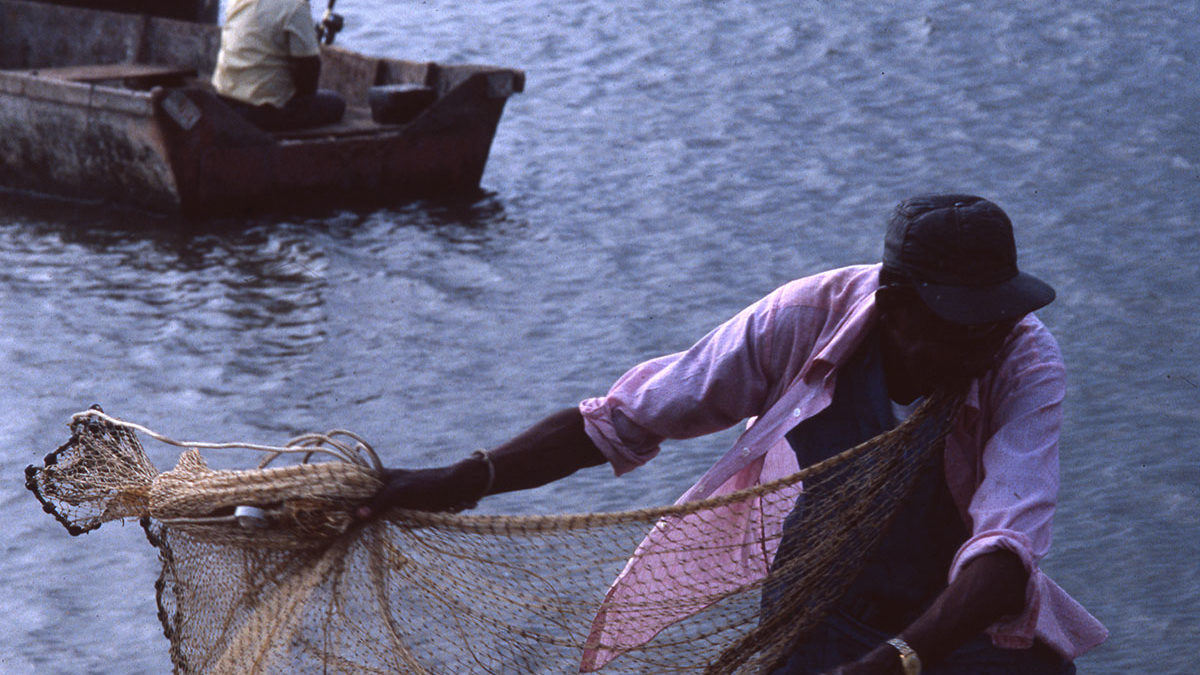
Daufuskie Island
In the many years since 1982, when I first published Daufuskie Island, A Photographic Essay with the University of South Carolina Press, my experiences in the Gullah community have remained a presence in my thoughts, even if quiescent in my work.
The Gullah Geechee people’s exceptional position in American history remains unaltered. The Low Country culture is singular in how it brings African traditions that came over with the slave trade together with a rather isolated American experience. The Gullah language is one example of this synthesis. It mixes English and West African languages to create a new language distinctly separate from either parent language but bearing the mark of both. An additional example would be the prayer houses, the places of worship that mixed the christian religion imparted by slave masters and indigenous religious practices brought from Africa. The hybrid nature of the Daufuskie culture coupled with its seclusion as a black community makes it rather extraordinary. The sheer existence of a relatively independent southern African American community during the early 20th century earns it a hallowed place in American History.


